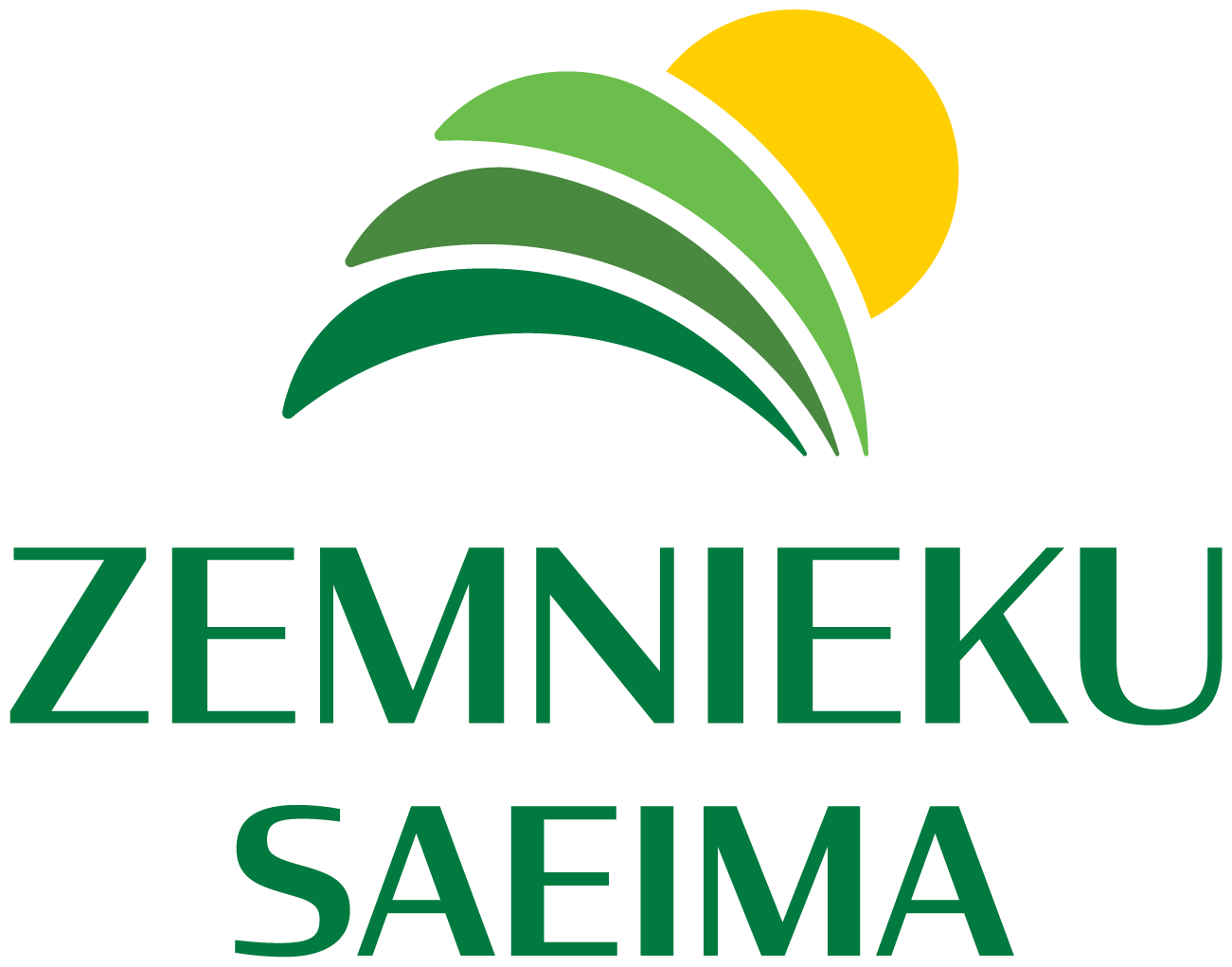Seminar “River floodplain restoration and management: LIFE+ project DVIETE experience”
On September 24, representatives of the Farmers' Assembly went to see Latvia's natural values - the meadows of the Dviete floodplain as part of the CONSOLE project. We started the tour with the Bird Tower - a viewing platform from which you could see the restored territories and watch the movement of wild horses with binoculars. The meadows are well-groomed - organically certified, plowed, partly used for grazing wild animals - currently 80 horses and 180 cattle graze in the meadows - Kalanderi, which is surrounded by a fence. As they settled, wild animals have made their own paths, and it has also been observed that after grazing, the biologically valuable meadow classes have increased.
The Dviete River, together with its tributary the Ilūksti River, forms part of the largest natural floodplain system in Latvia, which influences the Daugava floodplains, their volume and duration. The hydrological regime of the Dviete floodplain, the water level and the area of the flooded area during the flood are determined by the Daugava. The floodplain overflows mainly as a result of flood waters flowing upstream from the Daugava into Dviete. The Dviete Floodplain Nature Park contains several protected grassland, forest and water habitats on the Latvian and European Union scales, as well as many specially protected plant and animal species. The Dviete floodplain is one of the most diverse and richest bird areas in Latvia, a particularly important nesting site for black-footed buntings and grebes, as well as a globally significant gathering place for migratory waterfowl in spring. However, in the Dviete floodplain, similarly to elsewhere in Latvia, the areas of natural grasslands and their suitability for meadow birds have decreased due to abandonment and subsequent overgrowth. The natural values of floodplain meadows and wetlands have also suffered significantly in the 20th century due to the transformation and drainage of the river network.
Part of the measures of the nature protection plan for the Dviete floodplain nature park territory were implemented within the LIFE+ project DVIETE. Its objectives were to restore the nesting habitats of the curlew in a degraded and abandoned section of the Dviete River floodplain, thereby improving the conservation status of the curlew in Latvia, to demonstrate and promote the application of complex methods of restoring curlew habitats in degraded floodplain meadows, as well as to raise the level of knowledge and promote the involvement of landowners and local governments in nature-friendly management of the Dviete floodplain. The two main tasks of the project were the restoration of open grasslands in the most overgrown part of the Dviete floodplain and the restoration of the natural bends of the Dviete River upstream of Lake Skuķu for a length of approximately two kilometers. The LIFE+ project DVIETE was aimed at cooperation and providing support to landowners in starting the management of overgrown grasslands. Local residents and landowners were involved in the project, for example, the removal of bushes was initially offered to the landowners themselves with project funds. The project served as a stepping stone for the future management of abandoned grasslands. It is estimated that about a fifth of the total project budget (EUR 1,014,500) has been invested in the local economy. The project: restored 113 ha of floodplain grassland, together with the surrounding open grassland fragments, creating around 300 ha of habitat suitable for the lynx. The grassland restoration was carried out by establishing pastures, cutting down bushes and trees, as well as by harvesting tree and shrub shoots in the most overgrown areas and milling stumps. After restoration, the grasslands are maintained by grazing 'Konik' horses and cattle of breeds suitable for living in outdoor conditions on all-season pastures. Within the framework of the LIFE+ project DVIETE, pastures were established on an area of 113 ha, together with previously established pastures covering around 350 ha of floodplain grassland. As a result of the project activities, the landscape of the Dviete floodplain has changed significantly, and monitoring of nesting woodpeckers shows that their population in the project area is experiencing a rapid increase. Source: www.dvietespaliena.lv
The association "Dviete Valley Ancient Parish Association" is responsible for the management of the Dviete Floodplain Nature Park, as well as LIFE+ project DVIETE results maintenance. On September 24, we visited the centennial house “Gulbji” on Putnu Island, where we were welcomed by the head of the association Benita Štrausa, Ineta Zībarte and Daugavpils University lecturer Dr.biol., Mg.vid.zin. Dāvis Gruberts. Since 2008, a tourism information center has been set up in these houses, which has become a popular starting point for many travelers to explore the Dviete floodplain.
Dāvis Grūberts said that once the river had beautifully meandered right towards the bird island, but these bends were cut off when the canal was dug, the bends gradually overgrown, but this did not benefit the river floodplain – it quickly overgrown with bushes. To raise the groundwater level, it was necessary to return the river to its original bed. With great difficulty, these sections of the river were restored: physically it was simply an excavator in a couple of months in the winter, but the greatest difficulties were in communicating with local landowners and state institutions. There is a short video about the idea campaign “Palu zeme Dviete”. D. Grūberts compared obtaining permission to meander the river to getting a police permit to drive backwards on a motorway, or one of the rare cases in Latvia. The riverbed was not restored in one of the most beautiful sections of the Vecupe, where the owner owns 3 hectares of land. Contracts were concluded with farmers in the adjacent territory, the project also provided for payment for cleaning up the territory and cutting down bushes, and after the project, farmers must ensure maintenance until 2026. In spring, the water stands for a long time - it reaches its maximum level in about 2 weeks and then it takes a month to go back to the Daugava.

